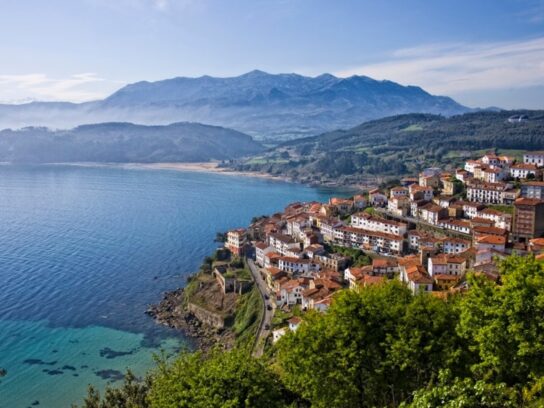
Since you are reading this travel column, you doubtless have heard of El Camino de Santiago – the famous, UNESCO World Heritage pilgrimage path that runs for almost 500 miles across the top of Spain, from St. Jean Pied de Port in southwest France to Santiago de Compostela in Galicia in northwest Spain. As you likely know, the path commemorates Jesus’ disciple St. James (“Santiago” in Spanish), who preached in Spain and whose remains were miraculously found in a field there in the year 830, and were then entombed in Galicia by King Alfonso II. In the Middle Ages up to half a million pilgrims per year trekked to the tomb, making it the third most popular pilgrimage route after Rome and Jerusalem.
But you probably do not know some of the following tips, which will help you if you decide to tackle El Camino.
First, there is not one Camino, there are many. There are at least fifteen major, sacred, approved paths to get to Santiago de Compostela, although by far the most popular is the traditional inland route across the rolling hills of northern Spain, called the Camino Francés. A more scenic but rather difficult route, the Camino del Norte, runs right along the north coast of Spain, dipping down into every river gorge. Two routes run north mostly inside Portugal, with only short stretches in Spain.
Second, if you want to get the treasured Pilgrim’s Certificate, the Compostela, you don’t have to walk the entire route from France. You only need to hike or ride a horse the last 100 kilometers to Santiago, beginning at the town of Sarria on the Camino Francés or the same distance on other routes. But be sure to get at least two stamps per day in your Pilgrim’s Passport during your trip, since the Certificate officials in Santiago are quite strict.
Third, parts of the traditional Camino Francés route run beside roads with noisy truck traffic, and are not at all scenic. Think of these as penance for your many sins!
Fourth, bedbugs can be a plague if you stay in the many albergues (special hostels for walkers carrying Pilgrims’ Passports) along the Camino Francés. The solution: carry a sleeping bag liner and light sleeping bag, both liberally sprayed with permethrin. And spray your backpack and other luggage, too. (If you get bedbugs anyway – more good penance!)
Fifth, if you use the classic Camino Francés route, and are not in great shape, do not start in the usual town of St. Jean Pied de Port. The first twenty miles of this route are very rugged, steep hills — the most difficult of the entire trail. Even our car had trouble climbing some of those hills. Start forty miles or more inside France to get fit.
Sixth, you don’t have to walk to enjoy the Camino. We walked short, scenic sections of the Camino Francés and the Camino del Norte, and drove a rental car on two separate trips to northern Spain. That way we were able to hit the highlights, we didn’t have to spend five weeks walking, and our knees thanked us! We didn’t get a Compostela Certificate, however.
Seventh, before you go, see the 2010 Hollywood movie “The Way” with Martin Sheen and Emilo Estavez. The plot revolves around an American doctor whose son has died on the Camino, and the doctor decides to walk the route himself. The film has a lot of rude repartee, but it does capture some of the spirit of the Camino. The project was inspired by Emilio’s 19-year-old son Taylor, who had traveled the Camino Francés and met his wife along the way.
Eighth and last, budget lots of time to see some of the fabulous sights of northern Spain — next month I will describe some of the highlights.
Buen Camino!
Photos courtesy Lew Toulmin
- 1. Map showing the fifteen-odd main Camino routes to Santiago de Compostela, and the many side trails. This map focuses on Spain, but the separate UNESCO World Heritage Site designation for the Camino in France includes 71 building complexes and lengthy trails to Santiago that start in Paris, Vezelay, Le Puy and Arles. (Courtesy: Wise Pilgrims Guides)
- 2. A beautiful trail section on the Camino Francés, part of the Camino de Santiago, in northern Spain.
- 3. The village of Lastres in Asturia, northern Spain, viewed from the Camino del Norte. This Camino is more beautiful than the traditional Camino Francés, but is longer, with more steep elevation gains and drops. Hiiker.app (sic) shows the total elevation gain for the entire Camino Francés as 29,399 feet, while the Camino del Norte is 40,417.
- 4. A sign for the Camino Portugues, one of the 14+ major trails that also lead to Santiago de Compostela, other than the usual Camino Francés. All the trails are well marked with the seashell symbol of St. James.
- 5. Part of El Camino del Norte near the coast of northern Spain.
- 6. The “Credential of the Pilgrim” or Pilgrim’s Passport, with stamps showing the pilgrim’s stops.
- 7. Bikers stop to get a stamp in their Pilgrim’s Passports at a historic Post Office near the end of the Camino. Bikers must cover at least 200 kilometers ending in Santiago, while the minimum for hikers and horseback riders is 100. For horseback journeys and guided walks, see: https://walkthecamino.com/travel-tours/camino-de-santiago-on-horseback.
- 8. A typical backpack used on El Camino. A large pack is not usually needed, since many hostels and hotels are available and no camping gear is required, except on the rugged Camino Primitivo alternate side trail. The seashell and cross are symbols of the Camino and Santiago, while “Camigas” is a buddy system and group for women on the Camino. The broad-brimmed hat is advisable, as is bug repellant. I recommend hiking in the cooler months of April, May, June, September or October.
- 9. A typical narrow road which doubles as the path for the Camino Francés in northern Spain. Hikers with Pilgrim Passports can stay each night in albergues, and need only pay $8 to $9 per night for a barracks-like dormitory room or $15 to $45 per night for a private room. There are also numerous hostels and hotels on the Camino Francés, but fewer on the alternate routes.










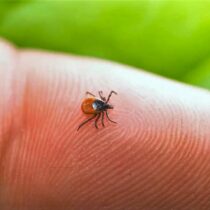
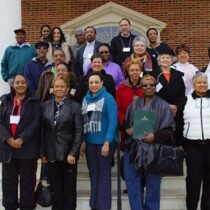



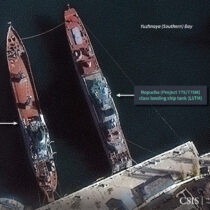
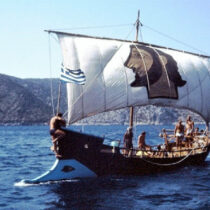
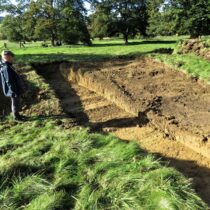
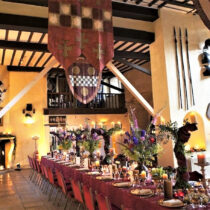

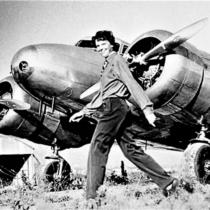
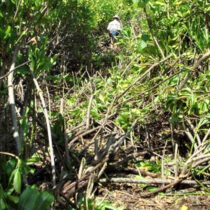




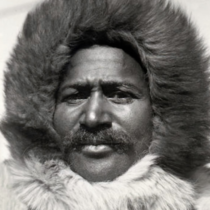
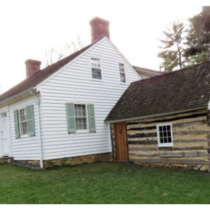
Comments are closed.